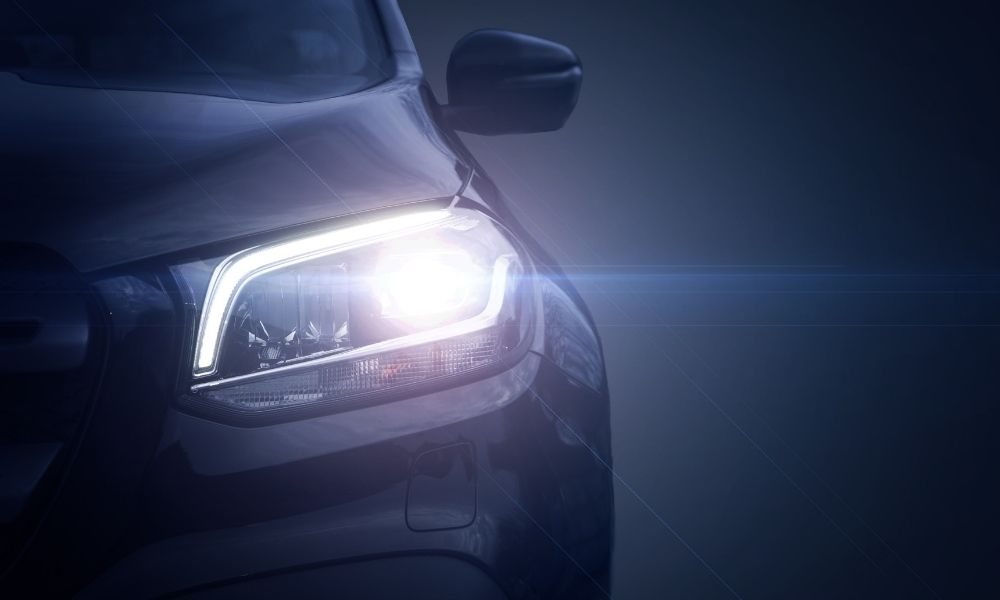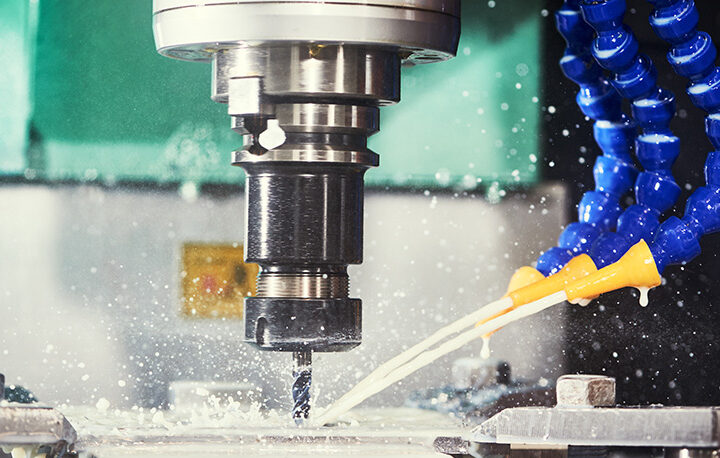
Upgrading your vehicle’s lighting system is more than just a cosmetic enhancement; it significantly impacts safety, efficiency, and performance. Among the many lighting options available, automotive LED lighting has emerged as the preferred choice for modern vehicles. With increasing demand from both manufacturers and consumers, the role of automotive LED lighting manufacturers has become crucial in driving technological innovation. This article explores the advantages of upgrading to automotive LED lighting and why it is considered a superior choice for today’s vehicles.
Enhanced Visibility and Safety
One of the primary reasons drivers choose to upgrade to LED lighting is the improvement in visibility and safety. Automotive LED lights produce a brighter and more focused beam compared to traditional halogen or incandescent bulbs. This brighter light enhances the driver’s ability to see obstacles, road signs, and pedestrians, especially during nighttime or adverse weather conditions.
Unlike halogen lights that scatter light unevenly, LEDs offer a precise beam pattern that reduces glare for oncoming traffic. This feature not only improves the driver’s vision but also enhances overall road safety. Automotive LED lighting manufacturers have continuously refined these designs to ensure optimal beam focus and intensity, providing drivers with superior illumination without compromising the safety of other road users.
Energy Efficiency and Reduced Power Consumption
Energy efficiency is another key advantage of automotive LED lighting. LEDs consume significantly less power than traditional halogen or xenon bulbs, which helps reduce the load on a vehicle’s electrical system. This lower energy consumption can contribute to better fuel efficiency in conventional vehicles and extended battery life in electric vehicles.
Automotive LED lighting manufacturers have developed LEDs that maintain high brightness while using minimal energy. This efficiency not only lowers fuel consumption but also reduces the environmental impact associated with energy usage. Drivers can enjoy a more sustainable lighting solution without sacrificing performance, making LEDs an eco-friendly alternative for modern vehicles.
Longevity and Durability
Longevity is a defining feature of automotive LED lighting. While traditional halogen bulbs typically last around 1,000 to 2,000 hours, LEDs can function effectively for up to 50,000 hours or more. This extended lifespan reduces the frequency of replacements, saving drivers both time and money in the long run.
Durability is another aspect where LEDs excel. These lights are highly resistant to vibrations, shocks, and extreme temperatures, making them ideal for vehicles that frequently encounter rough roads or harsh weather conditions. Automotive LED lighting manufacturers have invested heavily in creating robust designs that withstand demanding environments, ensuring reliable performance throughout the vehicle’s lifetime.
Faster Response Time
LED lights offer near-instantaneous illumination, which can be a critical safety feature. When braking, the faster response time of LED brake lights compared to traditional bulbs provides drivers behind more time to react, reducing the likelihood of rear-end collisions. Similarly, turn signals and indicators benefit from this rapid response, enhancing communication with other road users.
Automotive LED lighting manufacturers have optimized LED circuitry to achieve near-instant activation, improving the overall responsiveness of vehicle lighting systems. This immediate illumination can be particularly valuable in emergency situations where every millisecond counts.
Customization and Aesthetic Appeal
Beyond functionality, LED lighting offers significant advantages in terms of vehicle design and aesthetics. LEDs are compact and versatile, allowing for creative and stylish lighting configurations that are not possible with bulkier halogen bulbs. Many automotive LED lighting manufacturers provide options for color customization, dynamic lighting effects, and adaptive headlight technologies that enhance the vehicle’s appearance while also serving practical purposes.
Modern vehicles increasingly feature LED daytime running lights, accent lighting, and ambient interior illumination. These lighting features improve visibility during the day and enhance the overall aesthetic appeal of the vehicle. Upgrading to LED lighting allows car owners to personalize their vehicles, making them stand out on the road while maintaining high functionality.
Reduced Maintenance and Cost Savings
While the initial cost of LED lighting may be higher than traditional lighting options, the long-term benefits outweigh the upfront investment. The extended lifespan of LEDs means fewer replacements and reduced maintenance costs over time. Additionally, their energy efficiency translates into lower electrical consumption and potentially decreased fuel usage for conventional vehicles.
Automotive LED lighting manufacturers often design their products to be plug-and-play, simplifying installation and minimizing labor costs. This ease of maintenance and durability makes LED lighting a cost-effective choice in the long term, offering both practical and financial advantages to vehicle owners.
Environmental Benefits
Upgrading to automotive LED lighting also has environmental benefits. LEDs consume less energy, reducing greenhouse gas emissions associated with fuel production in conventional vehicles or electricity usage in electric vehicles. Moreover, LEDs do not contain harmful substances like mercury, which is found in some older lighting technologies, making them safer for disposal.
Automotive LED lighting manufacturers are increasingly focused on sustainable production practices, developing eco-friendly materials and designs that further minimize environmental impact. By choosing LED lighting, drivers contribute to a greener automotive ecosystem without compromising performance or safety.
Technological Integration and Advanced Features
Automotive LED lighting is at the forefront of technological integration in modern vehicles. Advanced features such as adaptive headlights, matrix beam systems, and smart lighting technologies rely on LEDs for precise and responsive illumination. These systems can automatically adjust beam patterns based on road conditions, traffic, and weather, improving safety and driving comfort.
Automotive LED lighting manufacturers continuously innovate to support these advanced technologies. The combination of intelligence and efficiency in LED systems enhances the driving experience while pushing the boundaries of what vehicle lighting can achieve.
Conclusion
Upgrading to automotive LED lighting provides a multitude of benefits that extend beyond aesthetics. From enhanced visibility and improved safety to energy efficiency, durability, and environmental friendliness, LEDs are a superior choice for modern vehicles. The advancements made by automotive LED lighting manufacturers have ensured that these systems are reliable, versatile, and increasingly accessible to vehicle owners worldwide.
As technology continues to evolve, the adoption of automotive LED lighting is set to grow, providing drivers with safer, more efficient, and visually appealing lighting solutions. Whether for daily commuting, long-distance travel, or simply enhancing the look of a vehicle, investing in LED lighting represents a practical and forward-thinking choice.




More Stories
Revolutionizing Hunting with Thermal Imaging Binoculars: An In-Depth Overview
How to Find the Ideal CNC Precision Machining Provider
Exploring the Benefits of Stark Varg Ex: An In-Depth Guide